For more details about an impact, contact information for NMSU ACES faculty and staff is available at the online directory.
For general questions regarding impacts in this database, please contact Claire Montoya at ccortner@nmsu.edu.
Impacts
(No image)
Foodborne diseases remain a major public health concern in the United States, where 31 known pathogens cause 9 million illnesses, 56,000 hospitalizations, and 1,300 deaths annually. Exposure to common food preservatives and surface sanitizers may induce antibiotic resistance and enhance the pathogenicity of bacterial pathogens in meat products.
More...
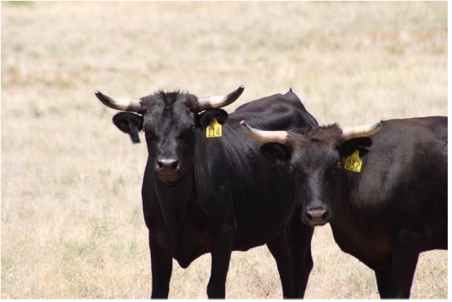
Real-time tracking and sensor monitoring may be tools to identify periods when livestock may experience heat stress and help improve livestock well-being.
More...

U.S. farmers are looking for new crops that will help diversify their farms and increase their profits. Most irrigated agricultural land in northern New Mexico is cultivated by small-scale farmers and ranchers with fewer than 20 acres. Also, northern New Mexico faced water deficit conditions especially in recent years due to climate changes. Now traditional crops are no longer economical for the farmers, thus high value, low-input plants gain their importance.
More...
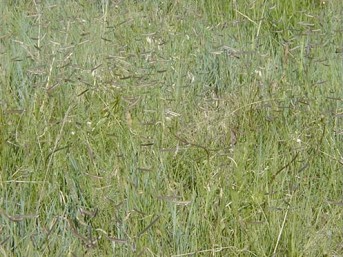
The demand for beef is increasing due to an increasing population and forage-based beef production is one of the most productive agricultural enterprises in the US, including the Southern High Plains of the USA (SHP), where standing forage is the main diet of beef cattle.
More...
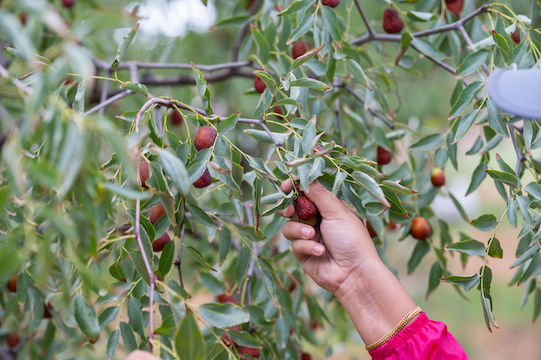
Late frosts challenge fruit production each year in central and northern New Mexico. An NMSU researcher is evaluating alternative fruit crops that can produce a reliable crop annually. Jujube (Ziziphus jujuba Mill.), also called Chinese date, originated in China and has been cultivated for over 4000 years. There are scattered trees from Espanola to Albuquerque to Las Cruces in New Mexico and they all grow and produce well. But there are only 5-6 cultivars commercially available with ‘Li’ being the dominant one. Growers and consumers all demand more diversity in jujube cultivars for different purposes.
More...
(No image)
Growers in southern NM are worried about leaving the land uncultivated due to the non-availability of water because of its consequences on soil health. This project addresses complex intertwined issues related to crop cultivation, soil health, groundwater depletion, and scarcity of surface water for irrigation.
More...
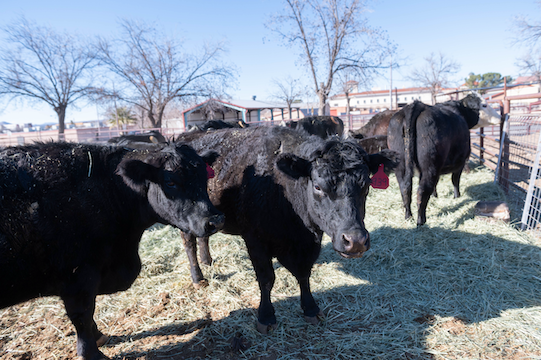
Beef cattle sickness due to diseases (such as bovine respiratory disease) costs the US beef
industry more than $600 million annually in lost revenue.
More...
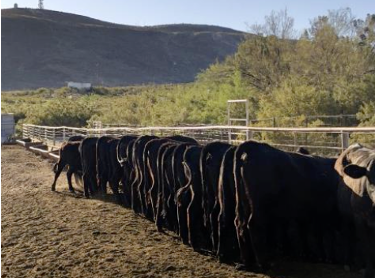
Pasture-based cow-calf operations common throughout the Southwest are continuously searching for profitable and sustainable management options to overcome a variety of environmental
challenges.
More...

This study underscores the importance of making online shopping and delivery services affordable by lowering delivery fees (particularly during a crisis like COVID-19) and accessible by expanding free broadband access. Further, the findings highlight the need for targeted policies and programs for low-income, younger, minority, and households with female primary shoppers to reduce food insecurity, particularly during times of crisis.
More...
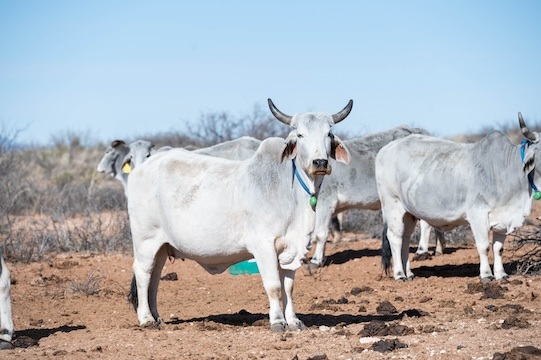
Ranchers in the Southwestern US must oversee extensive areas of rangeland driving in many cases across very difficult rugged terrain and covering long distances to monitor herds, assess forage conditions, and inspect water infrastructure. This logistical constraint may limit their ability to observe animals, evaluate water sources, and assess forages frequently, hindering their capacity to respond promptly to various climate, forage, and animal stressors.
More...